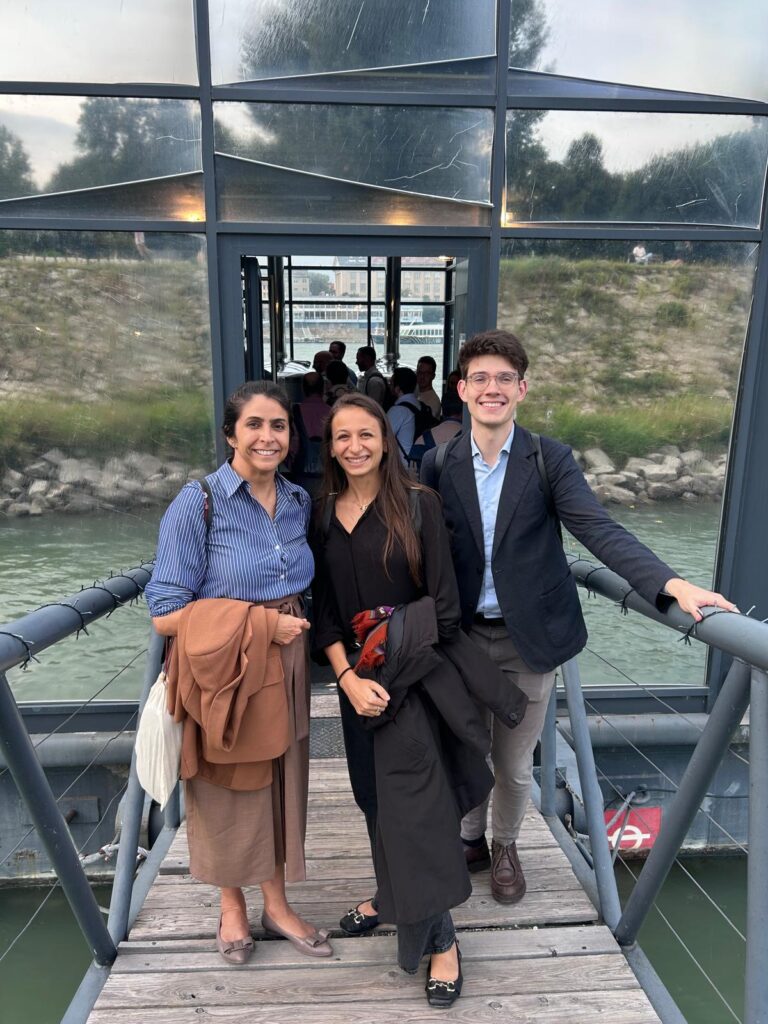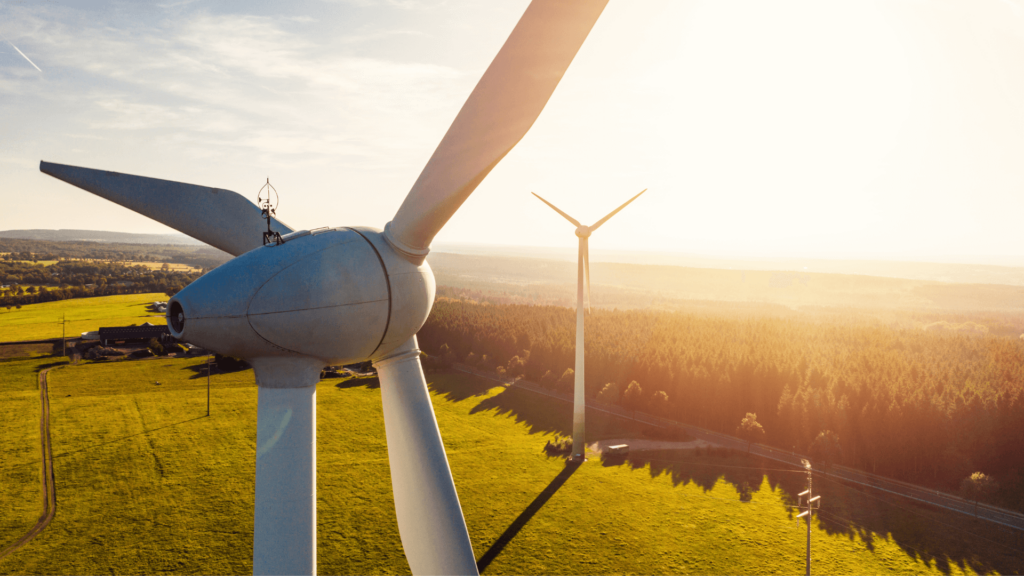by Claude Crampes & Thomas-Olivier Léautier
The French electrical grid is connected to the grids of all neighbouring European Union member states, as well as the United Kingdom’s and Switzerland’s grids. Depending on dates, interconnectors enable us to export our energy surplus or import at a low cost to balance national electricity supply and demand. Building interconnectors requires a high level of technical expertise and significant financial resources, comparable to the investment required to build combined cycle gas turbines, but much lower than the cost of a nuclear power station or an offshore wind farm. Therefore one can find private investors who are prepared to take on projects that compete with projects managed by national public grid operators, which have been somewhat reticent about building interconnectors, perhaps due to lack of interest, but more likely to preserve their independence.
1. Electricity trading
France is constantly trading electricity with its neighbours using interconnection lines (see the eco2mix map which shows hourly imports and exports). The way these interconnectors operate has changed with the liberalisation of the electricity sector. Vertically integrated national companies connected their grids with the aim of providing mutual support in the event of difficulties on one of the national grids. For example, storms Lothar and Martin in December 1999 and storm Klaus in January 2009 knocked down a large number of high-voltage pylons, leading to power cuts in several zones in the south-west of France. These power cuts were partially offset by electricity imported from Spain.
Today, the interconnections are mainly used for cross-border trading, breaking down silos between the national grids and moving towards a European market where demand will be met by the cheapest means of production, even if these are located in another country.
According to the Energy Regulatory commission (CRE), France is the main exporter of electricity in Europe. Its trade balance is positive with all neighbouring countries except Germany. In 2015, France had interconnectors with a capacity for 13.5 GW of exports and 9.8 GW of imports. As a reminder, the production capacity of a nuclear power station is around 1 GW.
These facilities for trading electricity therefore play a very important part in balancing out the system. But there is only commercial value in a line between two countries if the production and consumption conditions on either side of the border are different enough to reap a substantial advantage from the exchange. National prices must be different enough to create a sufficient margin of profit when buying cheap energy in one country and selling it in another. Because of this, the interconnections between France and Germany or Belgium have low rates of use as German and French prices frequently converge. By contrast, rates of use are high for interconnections with the UK, Italy and Spain, because of the significant price difference between these member states and France. It is therefore not surprising that new infrastructure is being planned or built across the Pyrenees or under the Channel.
The UK currently uses four interconnectors (two with Ireland, one with the Netherlands and one with France) for a total of 4 GW, that is less than 5% of its installed capacity. No fewer than nine new interconnectors totalling 10 GW are being developed in the UK, including three with France.[1] Most are being built by transmission system operators (TSOs), for example the French TSO RTE and the British National Grid for IFA2, a 1 GW submarine and underground interconnector. But there are also private investors, in particular Eurotunnel, which wants to use the Channel Tunnel for a 1 GW line, Eleclink. Are private investors able to do better than regulated TSOs in the interconnector market?
2. The advantages of a power transmission line
Market equilibrium occurs when there is a price such that the quantity of goods suppliers want to sell is equal to the quantity of goods buyers want to buy.[2] No producer wants to produce more than the equilibrium quantity as the sales price would be below the cost of additional production and no buyer wants to buy more as the purchase price would be higher than the usefulness of additional consumption. Conversely, by selling less, suppliers would forego the profit equal to the difference between price and unit cost, and by consuming less, buyers would forego the net profit between the usefulness of consuming more and the price. In addition to guiding the supply and demand decisions of individual agents, the price is a mechanism for sharing the collective surplus between the two categories of agents.
Because of differences in energy technologies (wind, hydraulic, nuclear, etc.) and the types of demand (domestic, industrial) between two countries that are not interconnected, the prices that balance domestic supply and demand are, in general, different from one country to another. This difference in price means that there are buyers in one market who are not served by local producers but could find suppliers in another market… if only there was a means of transferring products from one market to the other. With the construction of a transmission line, this operation becomes possible. And because it facilitates trading operations which were not previously possible, the line that connects two markets where prices are different increases the collective surplus, with consumers in the importing country gaining access to energy they could not afford and certain producers in the exporter country able to sell energy that was too expensive for their domestic market.
It is this increase in the overall surplus that should be compared to building and operating costs to drive the decision to invest in an interconnector. This is what should be taken into account by regulated TSOs and their regulators, whose legal brief is to serve the collective interest. TSOs are essentially remunerated through the repayment of building and maintenance costs (plus a fair rate of return) for the line in the form of usage fees set by the regulator.
This is not the case for private investors. At best they can hope to obtain congestion income, that is to say, a proportion of the price difference that benefits users, whether they are producers, consumers of traders, multiplied by the usage rights for the capacity sold. This private surplus is smaller than the collective surplus, which must also take into account the increase of net surplus for consumers and producers.[3] So if you only take into account profits, private independent operators have less reason to invest than regulated transmission operators.
3. Generalised costs
Of course, building an electric transmission line requires significant initial investment and subsequent maintenance costs. In principle, these expenses are the same whether the investor is a public grid operator or a private company. But since the line is an essential part of the power industry, it is not surprising that there are other costs, which are underestimated when calculating social profitability, or not considered at all.
A. Redistribution costs
Because the prices at both ends of the line are affected by the construction then use of the line, there are winners and losers. To make the line socially acceptable, whether it is private or public, surplus profits must be redistributed.
Indeed, contrary to an argument used by free-market evangelists, the increased competition resulting from a new line will not lower prices in all areas involved. Prices go down in the importing market, as cheaper electricity becomes available, but they go up in the exporting market as producers are now serving part of the other market where users are prepared to pay higher prices. This means that the electric transmission line has a social cost, which remains hidden as long as one think in terms of aggregated surplus: sellers in the import market where prices are going down and buyers in the export market where prices are going up lose out because their net surplus is reduced by the new line. But as the overall surplus goes up, it is possible to compensate them. Whether motivated by a desire for social justice, or by fear of disruptions caused by agents who see their net surplus going down, any market expansion (in our case the installation of a line connecting two countries) should always come with redistribution measures.
Compensating those who lose out is an issue for both private investors and national TSOs, but at a smaller scale for the former. Because private investors tend to calculate the dimensions of lines in terms of the congestion income they can derive from them, the interconnector they install reduces the price difference less than with a regulated investor.
Redistribution problems should not be used to block projects, as solutions can be found through the actions of the governments affected. However, these problems are often overlooked, which can lead to projects that are beneficial to community being blocked by groups that have been poorly compensated (or not at all).
B. Grid reinforcement
The operational capacity of the new line is only equal to its nominal capacity (corrected for security constraints) if its two ends are a consumption node and a production node. However, if the transmission line interconnects two pre-existing grids, it can only carry the capacity that the weaker of the two connected grids can take. It is therefore not uncommon that a new line requires the grids to be reinforced upstream and downstream. When the line is funded by TSOs at both ends, each one naturally tends to take over these reinforcement costs… but not always those of their partner, as shown by the following example.
In 2008, Réseau de Transport d’Electricité (RTE) and Red Eléctrica de España (REE) set up Inelfe, a joint venture in which each of the two TSOs own a 50% stake, with the aim of building a new direct current interconnector between the two countries’ grids.
The 64.5 km of the line are entirely underground. Its building cost is €700m. By increasing the capacity for commercial exchanges from 1,400 to 2,800 megawatts, it was designed to increase the security, stability and quality of the energy offer in both countries. Among the expected outcomes presented, the new line should guarantee the energy supply required by Spain’s high-speed trains and integrate a larger volume of wind power coming from the Spanish side. The line was inaugurated in February 2015 and opened to commercial use in October 2015.
However, in a report published by CRE in November 2015,[4] it was revealed that the commercial capacity available on the market in 2016 would not reach the expected 2,800 MW. Capacity would be limited to 2,000 MW on average in both directions, because of constraints on the Spanish grid.
If the two TSOs involved are not able to work together to take the decisions required to make the connected lines operate effectively, it is not unreasonable to think that problems will be even more severe for a new line put in place by an investor independent of the two TSOs. The investor must ask the relevant TSOs to carry out reinforcement works. Indeed, if the grids are not reinforced, the interconnector’s effective capacity will be less than its nominal capacity. Therefore, to avoid losing part of their investment, the developers can either contribute to paying for reinforcements, or reduce the nominal capacity of their interconnector.
C. Contamination risks
By connecting two markets, the line enables each country to provide the other with energy security if local operators encounter difficulties. But it also increases risks of major incidents spreading from one hub to another. A roped party of mountaineers is a good metaphor for the advantages and drawbacks of solidarity: the rope reduces the risk of individuals falling, but increases the risk of everyone falling. This an issue the banking sector knows well.
Ten years ago (4 November 2006), a power cut affecting fifteen million European customers occurred when two 400 kV lines were put out of service to let a ship through on the Ems in Germany. Among the reasons suggested to explain this blackout was a lack of co-ordination between transmission system operators.[5] To avoid contaminating the different interconnected hubs, all new lines added to an existing system must come with additional security interfaces. When the new line is created by a company already in place, this company automatically takes the security requirements into account, planning them in accordance with the consequences that a failure in the new link would have on the entire system it oversees. In the case of a new investor with no other interests in the sector than the profits it can extract from the new line, an alert system between the new line and its connectors must be developed – and such a system is not always taken into consideration when the decision to invest is made – and the financial consequences this investor would suffer in the event of failure are reduced as other agents would take on some of the losses. However, a logic similar to the one we mentioned for reinforcements applies here because, in practice, the risks of contamination result in limits on the interconnector’s effective capacity.
D. Environmental costs
Environmental costs incurred by the construction of new lines have long been neglected, especially negative effects on landscapes and consequences related to tourism for the regions through which the line runs. To set up a new line without causing additional damage, developers must either use existing infrastructure (such as pylons and transformers belonging to an existing line, or at least its corridor), or develop underground or submarine infrastructure. The second solution incurs significant additional costs which are difficult to quantify as they depend on local conditions.
For example, it is essentially for environmental reasons that the entire France-Spain Inelfe interconnector is underground: 56 km in trenches and 8.5 km in a gallery dug beneath the Pyrenees. Because of the length of the line, it is supplied with direct current, even though the Spanish and French grids are alternating current systems. A conversion station is therefore required at each end to convert the current in both directions, as the energy is transferred to and from both countries. The total construction cost was 700 million euros – much higher than an overhead line.
For ElecLink, the future 1 GW interconnector between France and the UK, Eurotunnel plans to use existing infrastructure – the Channel Tunnel. Work is planned to start at the end of 2016, requiring 36 months to build two direct / alternate conversion stations and 32 months to lay the cable in the tunnel (51 km) and the two connections (14.5 km on the British side, 3.5 km on the French side). The line should be operational by 2019. The investment – over 500 million euros – will be drawn from private funds. Even though it goes under the sea, it is not a submarine cable as it will use the tunnel’s existing infrastructure. In principle this is an intelligent use of an existing corridor that will reduce costs for laying the line through economies of scope. Motorway or railway companies could do the same type of investment. However, keeping the tunnel operational while the new line is laid will not be easy, in particular because of security requirements. The costs would have been much lower if the gallery used to house the line had been dug at the same time as the railway tunnel.
The environmental constraints leading to burying all new lines or running them along existing corridors create additional costs for private investors and national grid operators. However, in theory, private developers are subject to more severe environmental constraints. It seems more difficult for them to use public interest to justify their plans, unlike TSOs.
* * *
After a decade of liberalisation and a decade of de-carbonisation, the European Commission aims to direct the European power industry towards a phase of regionalisation. This involves becoming more efficient by creating groups of countries or parts of countries among whom energy will be exchanged in a co-ordinated manner.[6] To take advantage of member states diversity, the number of interconnections must be increased, provided that their cost/benefit result is positive on social grounds. In this task, national transmission system operators have a slight advantage, so long as they accept the consequences of their investments in terms of the loss of autonomy in managing a regionalised system. In any case, if they do not make these investments, private investors will do so in their stead.
[1] See Poyry (2016) “Costs and benefits of GB interconnection”, https://www.gov.uk/government/uploads/system/uploads/attachment_data/file/505222/080_Poyry_CostsAndBenefitsOfGBInterconnection_v500.pdf
[2] See, for example https://www.epexspot.com/fr/donnees_de_marche/dayaheadfixing/courbes-agregees/auction-aggregated-curve/2016-12-01/FR/08/4
[3] For a rigorous economic analysis, see Paul L. Joskow and Jean Tirole (2000), “Transmission rights and market power on electric power networks”, RAND Journal of Economics, Vol. 31, n°3, Autumn, pp. 450–487
[4] http://www.cre.fr/documents/deliberations/avis/interconnexion-electrique-france-espagne/consulter-la-deliberation
[5] See https://www.entsoe.eu/fileadmin/user_upload/_library/publications/ce/otherreports/Final-Report-20070130.pdf.
[6] The positions defended by European TSOs are presented in https://www.entsoe.eu/Documents/Publications/vision/entsoe_vision04_regions_web.pdf.






